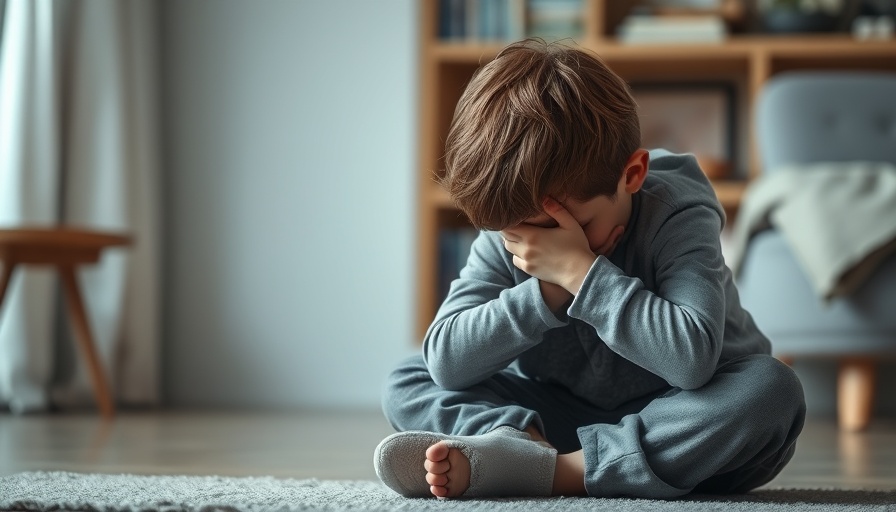
Understanding Intrafamilial Child Sexual Abuse: A Hidden Crisis
Intrafamilial child sexual abuse, more commonly known as incest, is a pervasive issue that touches the lives of too many children and their families. Recent studies indicate that approximately 30% of all child sexual abuse cases occur within families, making it a public health concern that transcends stigma and isolation.
The Heavy Burden of Stigma
The shame linked to incest is profound, often attaching itself not just to the perpetrator, but also to the victim and their entire family. This stigma leads many families to sweep incidents under the rug instead of confronting the painful reality. When the abuser is a family member, reporting the abuse may provoke a backlash that could disintegrate familial ties, leaving victims to navigate their trauma alone.
Family First: The Cultural Dilemma
In our society, family is often deemed sacred. Many people equate happiness with familial bonds, which creates an environment ripe for secrecy when a family member commits abuse. For many parents, safeguarding the integrity of the family becomes a priority over ensuring the safety of the child, forcing victims into silence.
The Insidious Nature of Grooming
Grooming is a crucial factor in understanding how intrafamilial child sexual abuse stays hidden for so long. Abusers tend to cultivate emotional relationships with their victims, lowering their inhibitions through various methods, including gift-giving or drug use. This manipulation extends to other family members as well, making the perpetrator seem trustworthy while disguising their true motives.
Recognizing the Signs: Early Interventions
Parents must remain vigilant and aware of the markers of potential intrafamilial abuse. Signs such as behavioral changes in children, regression in their development, or excessive adult-like knowledge about sexual behavior can be red flags. Open dialogue about boundaries and body autonomy is essential for children to feel safe discussing any uncomfortable situations they may encounter.
Building a Supportive Network
A supportive environment is crucial for both victims and families dealing with intrafamilial sexual abuse. Parents should strive to create an open line of communication where children feel empowered to express their feelings without fear of repercussion. In cases where abuse is confirmed, seeking help from mental health professionals and support groups can help guide families through recovery.
Conclusion: Taking Action Against the Silent Epidemic
The taboo surrounding intrafamilial child sexual abuse often leads to isolation, silence, and suffering for countless victims. By recognizing the intricacies of this issue and confronting it openly, parents can foster a healthier, more supportive environment for their children. Consider organizing a community workshop focused on child safety or participating in local advocacy efforts aimed at raising awareness. Together, we can dismantle the stigma and empower our children to speak out.
 Add Row
Add Row  Add
Add 




 Add Row
Add Row  Add
Add 

Write A Comment